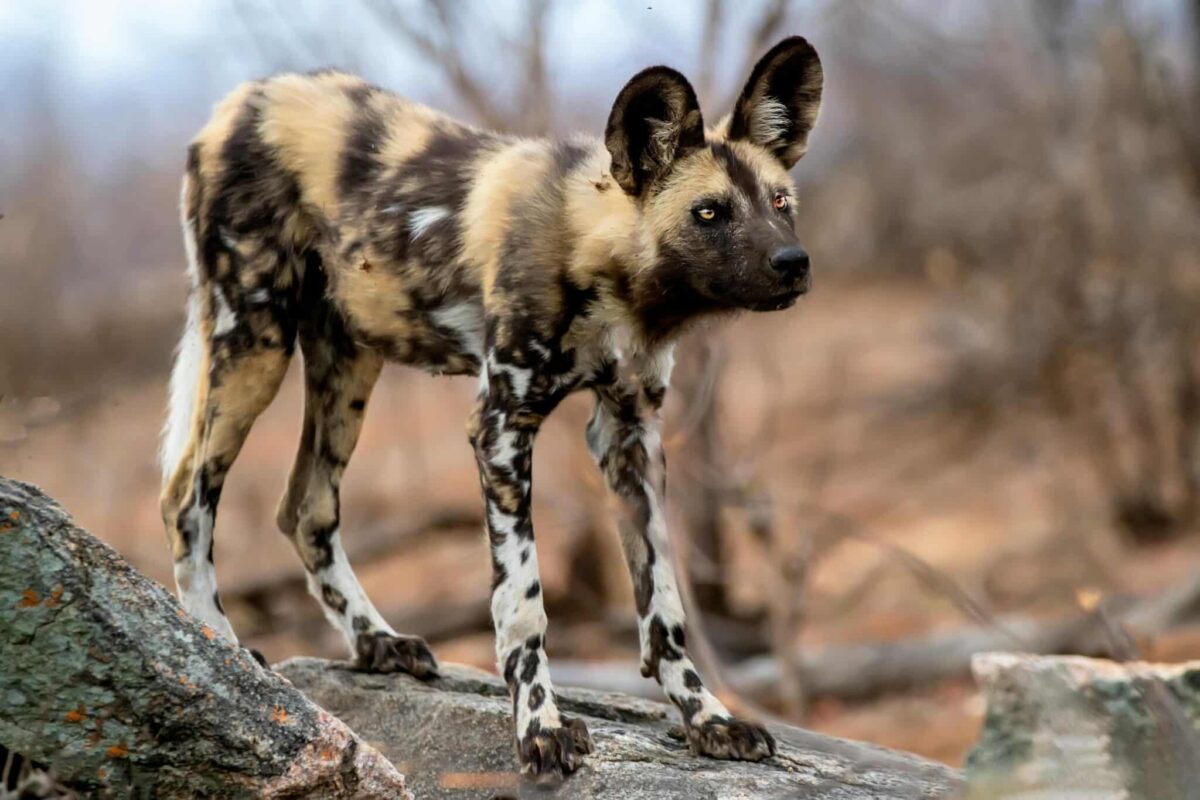
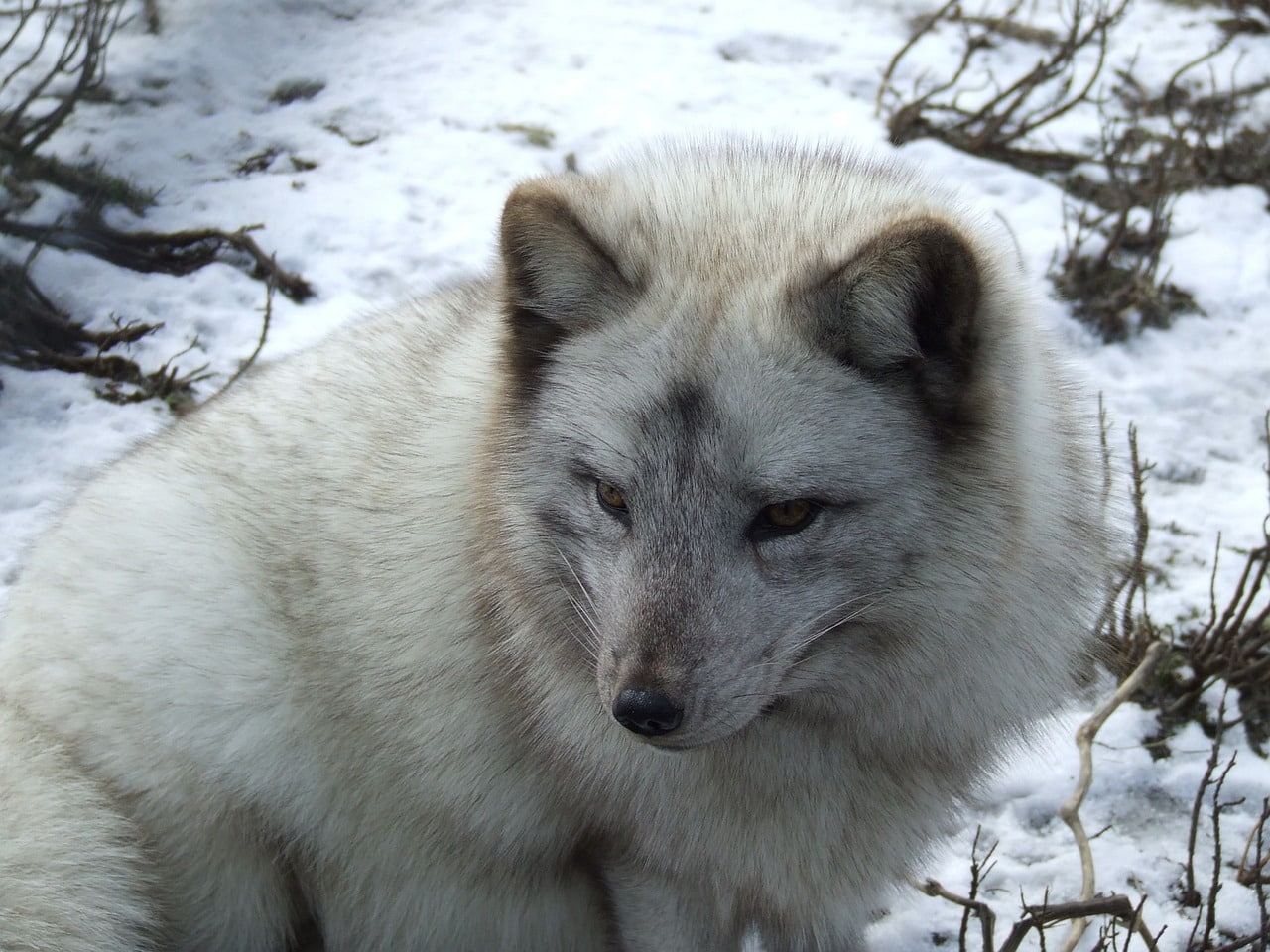 Shutterstock
Shutterstock
The animal kingdom is home to some remarkable species, and wild dogs are no exception. These incredible canines roam the wilderness with unique adaptations, striking appearances, and impressive survival strategies that have helped them thrive in some of Earth’s most remote and challenging environments. From the dense jungles of Asia to the arid deserts of Africa, these wild dogs are known for their adaptability, intelligence, and resilience. Their diverse appearances and behaviors make them some of the most fascinating creatures in the animal kingdom.
Dhole
 Shutterstock
Shutterstock
The dhole, known as the Asiatic wild dog, is native to Central and Southeast Asia. With its rusty red coat, bushy tail, and sharp features, the dhole is a striking animal. This highly social species lives in packs, working together to hunt and take down prey larger than themselves, such as deer. Known for their incredible teamwork and communication, dholes use whistles, clicks, and sneezes to coordinate hunts. Despite their fierce hunting abilities, they are endangered due to habitat loss and competition with other predators.
African Wild Dog
 Shutterstock
Shutterstock
The African wild dog, also known as the painted wolf, is one of Earth’s most colorful and exotic wild dogs. With a distinctive patchwork coat of black, white, brown, and gold, each individual’s fur pattern is unique. These dogs are highly social and live in large packs, working together to chase down prey in the open savannas of Africa. They are known for their stamina and speed, capable of running long distances at high speeds to exhaust their prey. Sadly, African wild dogs are endangered, primarily due to habitat fragmentation and conflict with humans.
Maned Wolf
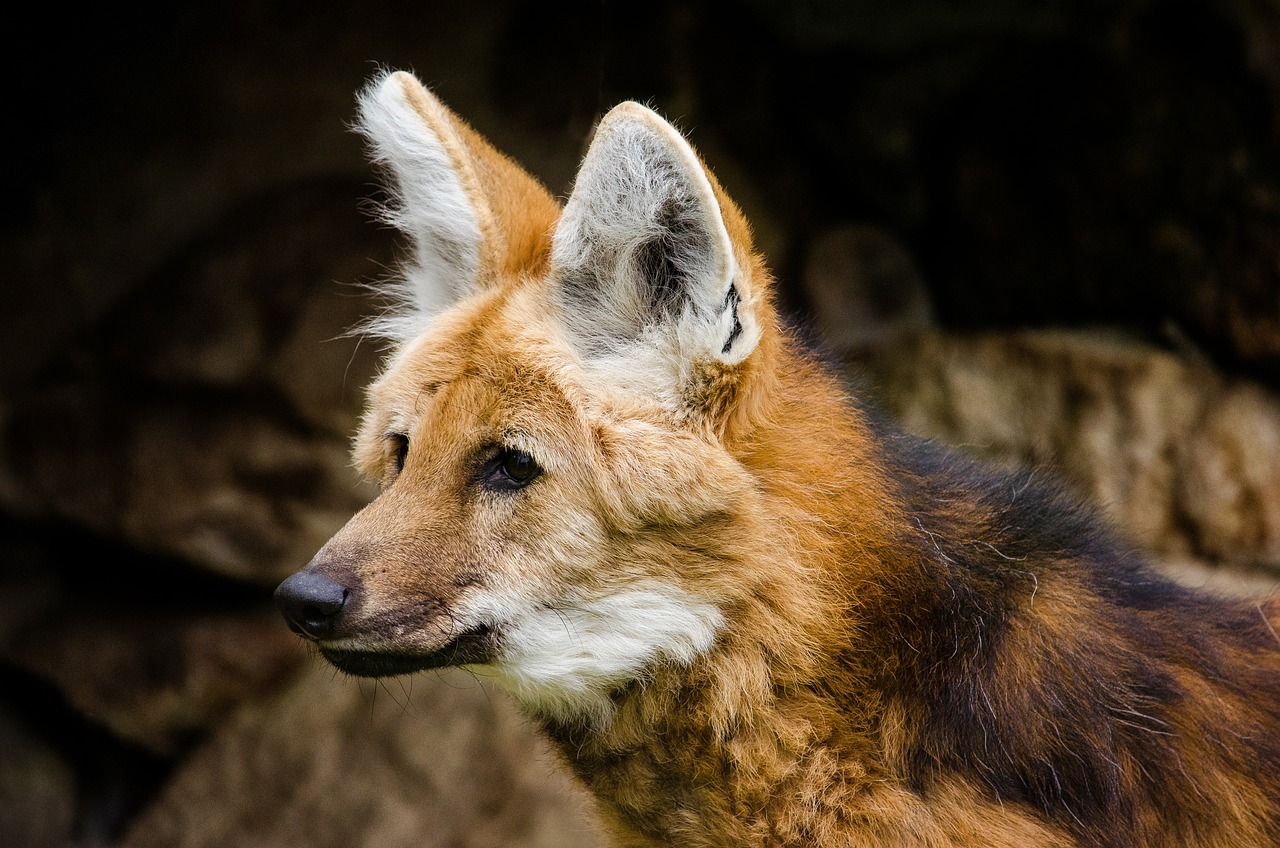 Shutterstock
Shutterstock
The maned wolf stands out with its long legs, making it the tallest wild dog in South America. Found in the grasslands and forests of Brazil, Paraguay, and Argentina, this striking species is known for its reddish coat and black mane running down its neck and back. Despite its wolf-like appearance, the maned wolf is not closely related to true wolves. It is primarily solitary and hunts small mammals, birds, and even fruits. With its long limbs, the maned wolf is perfectly adapted to the tall grasses of its habitat, allowing it to spot prey from a distance.
Bush Dog
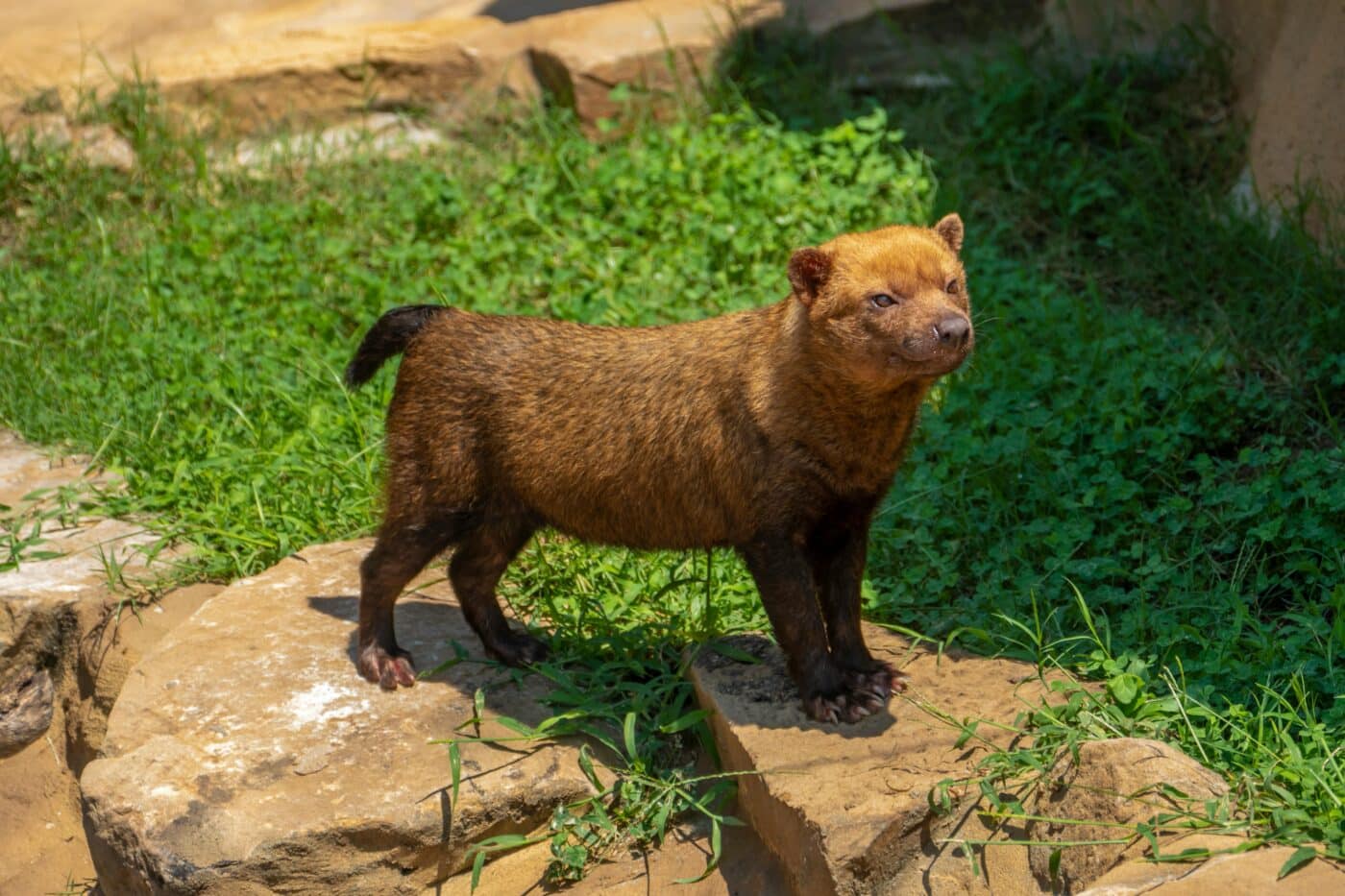 Shutterstock
Shutterstock
The bush dog is a small, stocky wild dog native to Central and South America. With its short legs and dense, reddish-brown fur, the bush dog may not look like a typical wild dog, but its hunting prowess is undeniable. This highly social species lives in packs, relying on teamwork to hunt larger prey like peccaries. One of the bush dog’s unique adaptations is its ability to swim—these dogs are excellent swimmers and use water bodies to their advantage while hunting.
Ethiopian Wolf
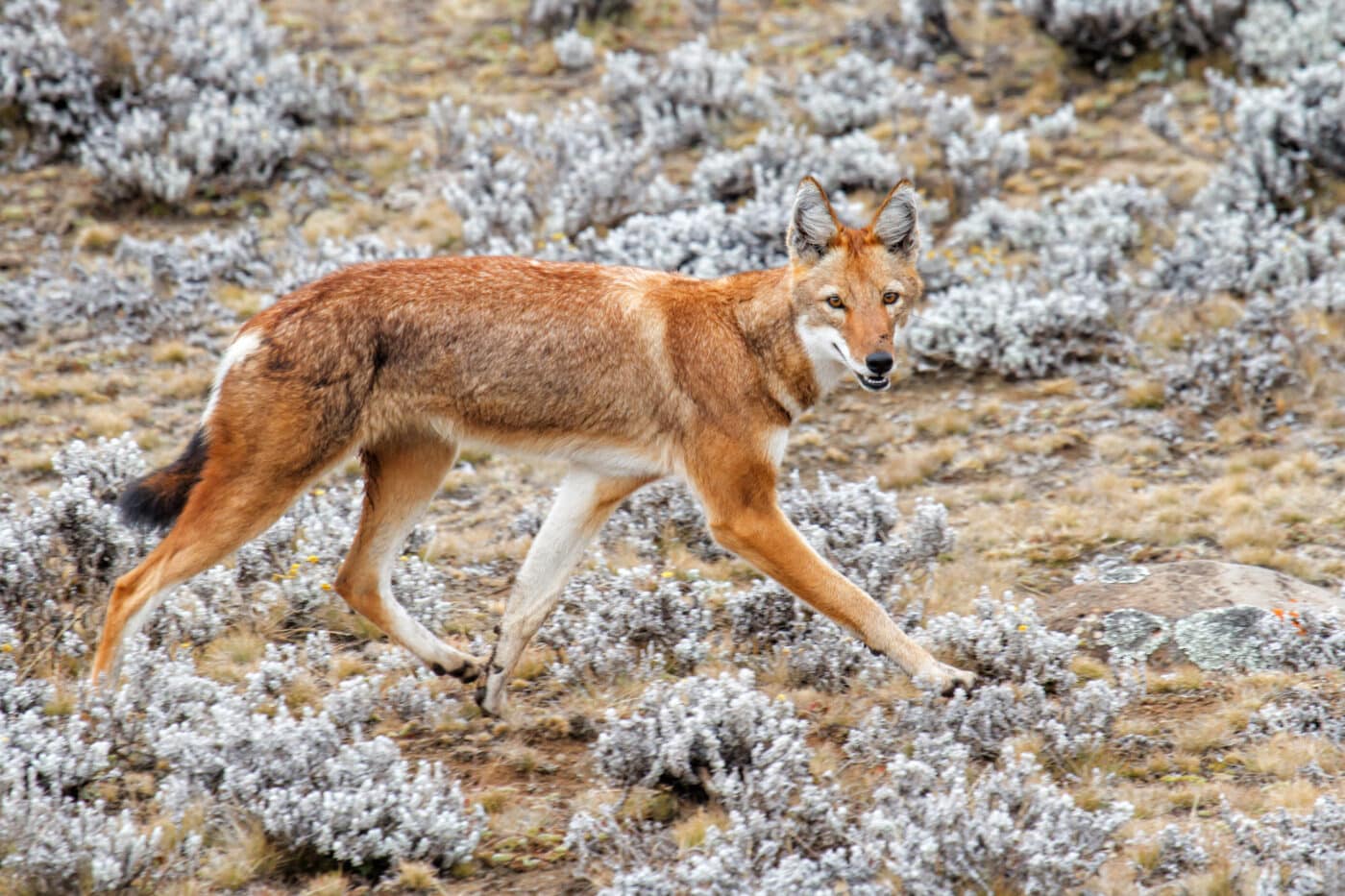 Shutterstock
Shutterstock
Found only in the highlands of Ethiopia, the Ethiopian wolf is one of the rarest and most endangered canines in the world. Its slender frame, reddish coat, and long legs make it well-suited for its mountainous habitat. Ethiopian wolves live in small family units, hunting small mammals like rats and hares. With fewer than 500 individuals left in the wild, this species faces a critical risk of extinction due to habitat loss and disease from domestic dogs.
New Guinea Singing Dog
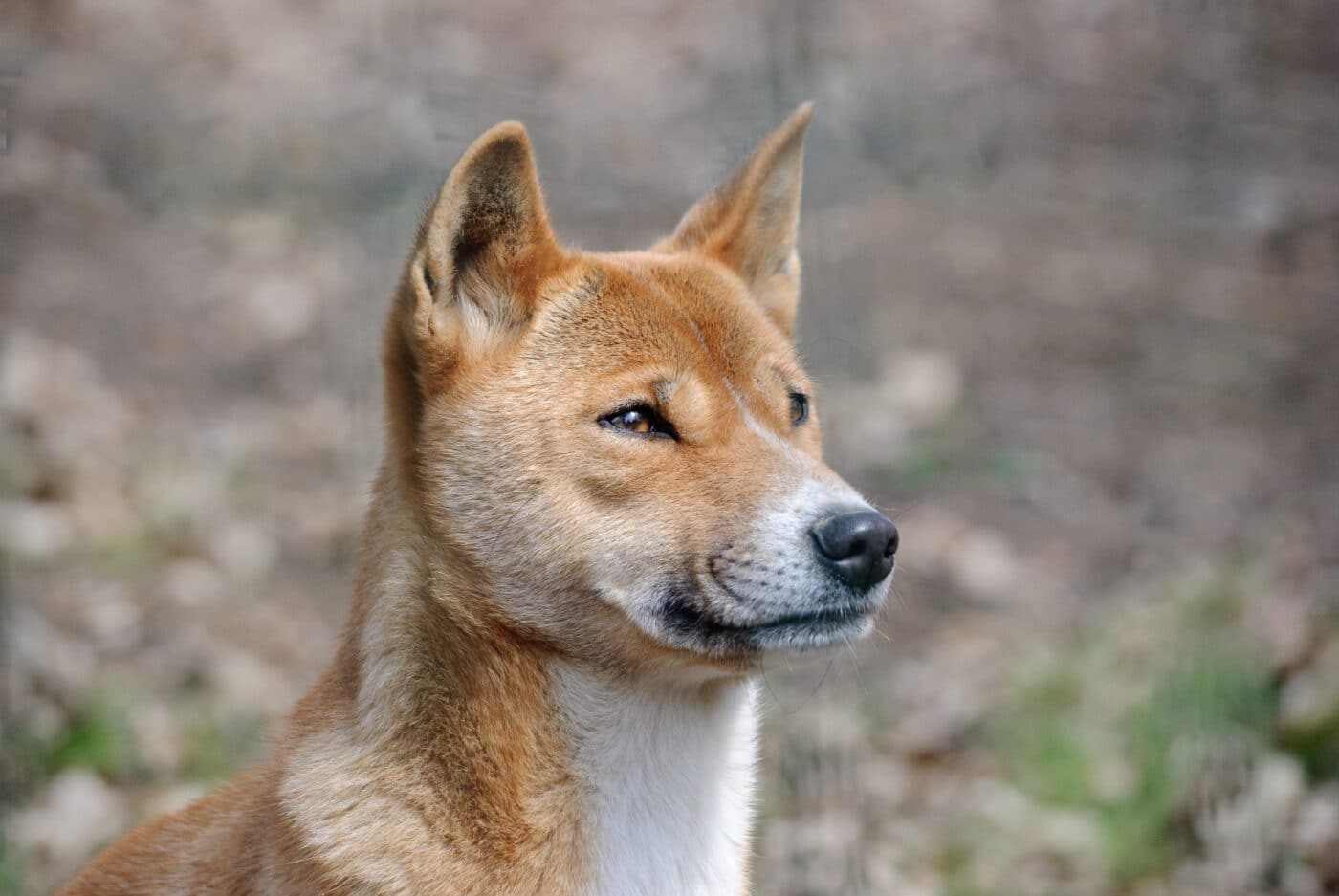 Shutterstock
Shutterstock
The New Guinea singing dog is as exotic as it sounds. Known for its unique vocalizations that resemble a melodic howl, this wild dog is native to the remote highlands of New Guinea. These dogs are highly elusive and were once believed to be extinct in the wild, though a few individuals have been spotted in recent years. With their agile bodies and sharp minds, these dogs are skilled climbers, often found in the rugged mountains of their island habitat. They are closely related to the Australian dingo.
Indian Fox
 Shutterstock
Shutterstock
Despite its name, the Indian fox, also known as the Bengal fox, is a small and delicate wild dog species native to the Indian subcontinent. With a slender build, large ears, and a bushy tail, this species is well-adapted to the open grasslands and semi-arid regions. Indian foxes are primarily insectivorous, feeding on insects, small rodents, and fruits. Though not endangered, they face increasing threats from habitat loss and human encroachment.
Simien Jackal
 Shutterstock
Shutterstock
Often confused with the Ethiopian wolf, the Simien jackal is another rare and exotic species native to the highlands of Ethiopia. These jackals have reddish-brown fur, a slender build, and large ears, which help them survive in their mountainous environment. Like the Ethiopian wolf, they hunt small mammals but are known to scavenge from larger predators. Due to their limited range and small population size, Simien jackals are classified as critically endangered.
Darwin’s Fox
 Shutterstock
Shutterstock
In Chile, Darwin’s fox is a rare and elusive species inhabiting both the mainland and the island of Chiloé. With its dark fur, short legs, and bushy tail, this small wild dog was named after Charles Darwin, who first documented it. Darwin’s fox is primarily nocturnal and is known for its solitary nature. It feeds on small mammals, insects, and fruits, making it an omnivorous predator. Its habitat is limited to dense forests, and deforestation poses a significant threat to its survival.
Corsac Fox
 Shutterstock
Shutterstock
The Corsac fox, native to the steppes and deserts of Central Asia, is a small but resilient wild dog species. This fox is well-adapted to its harsh environment with its sandy-colored fur, long bushy tail, and compact size. It is primarily nocturnal and known for its ability to go long without water, surviving on the moisture from its prey. The Corsac fox forms small social groups and is an excellent hunter, feeding on rodents, birds, and insects.
Cape Fox
 Shutterstock
Shutterstock
The Cape fox, also known as the silver-backed fox, is a small wild dog in southern Africa. Its striking silver-gray coat and bushy tail make it a beautiful and exotic species to observe. Cape foxes are nocturnal and solitary, spending their nights hunting small mammals, insects, and birds. Though not endangered, habitat loss and conflict with farmers threaten their population. Their adaptability and secretive nature allow them to survive in various environments.
Bat-Eared Fox
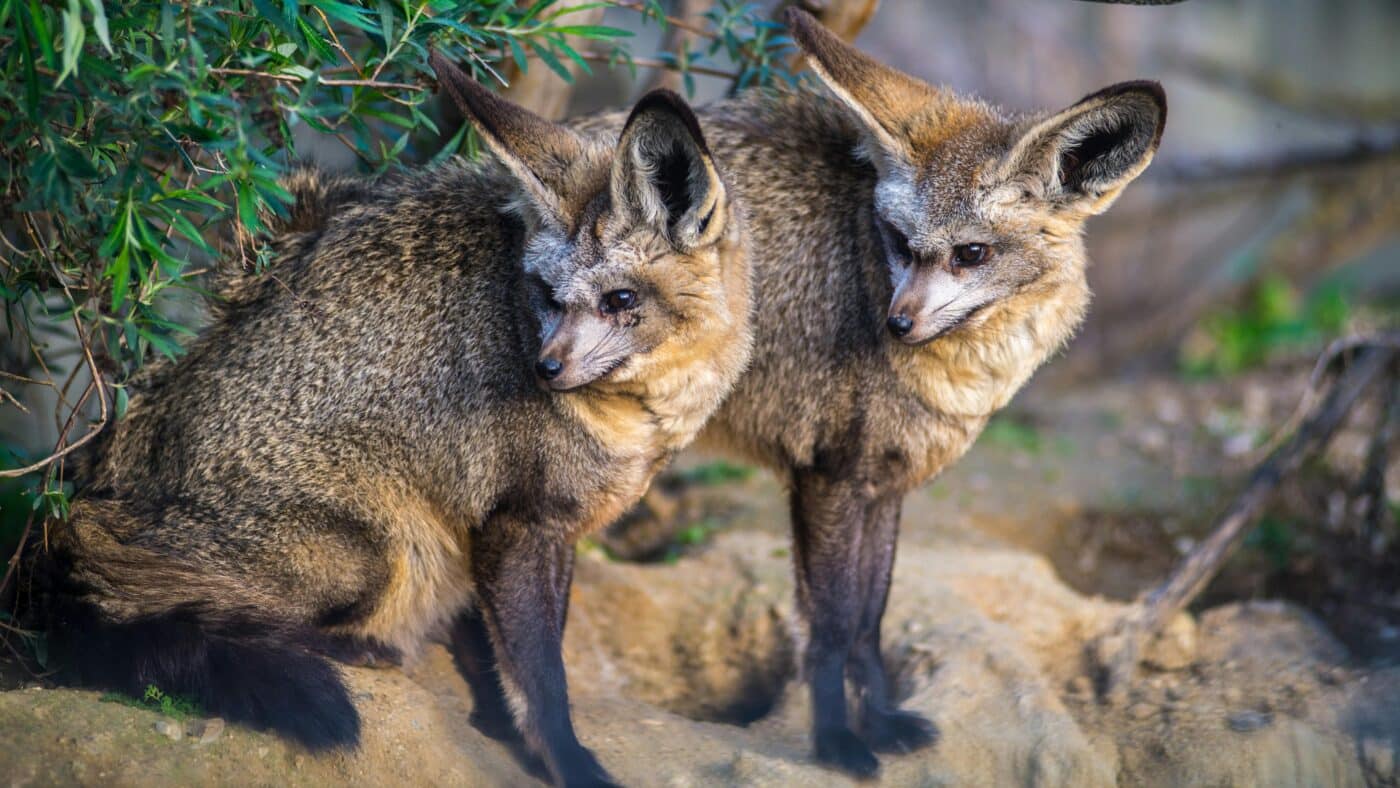 Shutterstock
Shutterstock
Named for its enormous ears, the bat-eared fox is native to the open savannas of Africa. These large ears aren’t just for show—they help the fox locate insects, which comprise most of its diet. Bat-eared foxes are social animals, often seen in pairs or small family groups. Their excellent hearing and quick reflexes make them highly efficient hunters. Their unique appearance and charming behavior have earned them a reputation as one of Africa’s most interesting wild dogs.
Arctic Fox
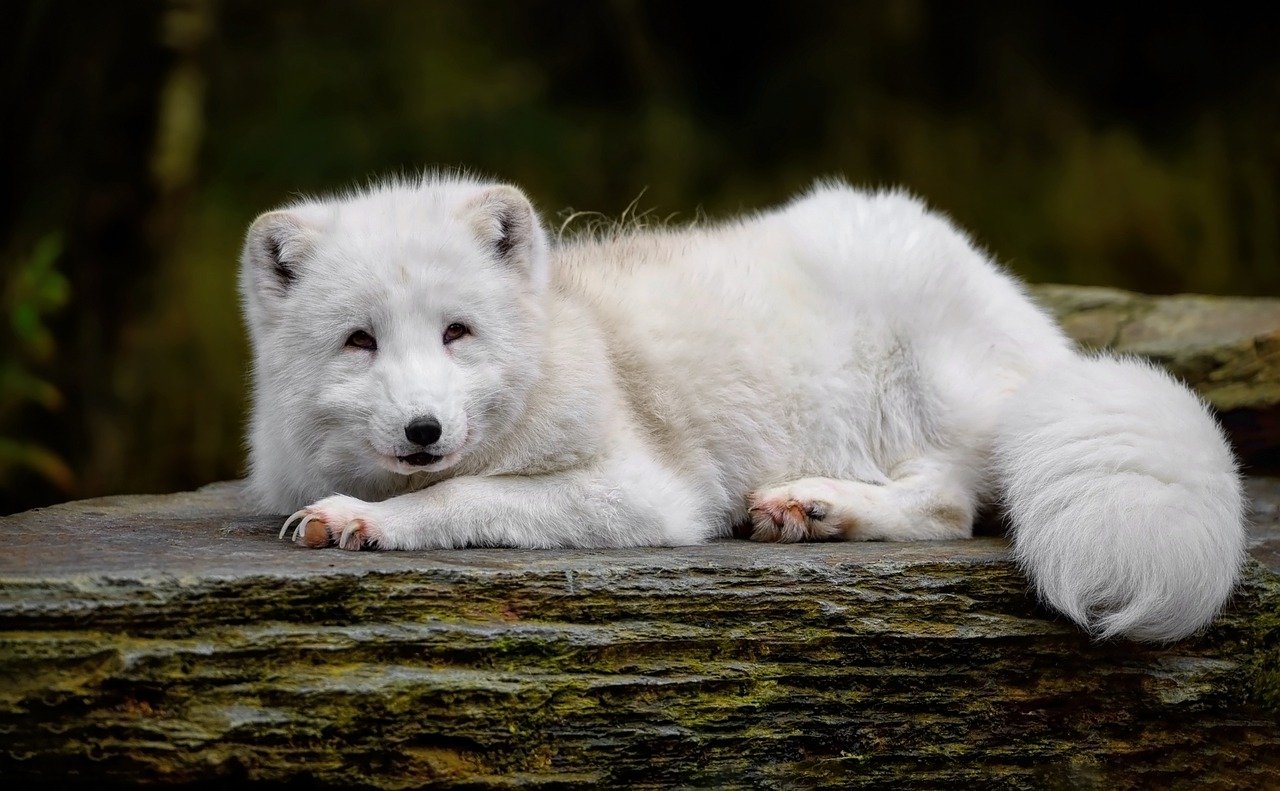 Shutterstock
Shutterstock
The Arctic fox is one of the most iconic wild dogs, known for its striking white coat that provides excellent camouflage in the snow. Found in the Arctic tundra, this species is highly adapted to cold climates, with thick fur and a compact body that helps conserve heat. Arctic foxes are solitary hunters, feeding on small mammals like lemmings and birds. Their ability to survive in some of the harshest environments on Earth makes them a truly remarkable species.
Tibetan Sand Fox
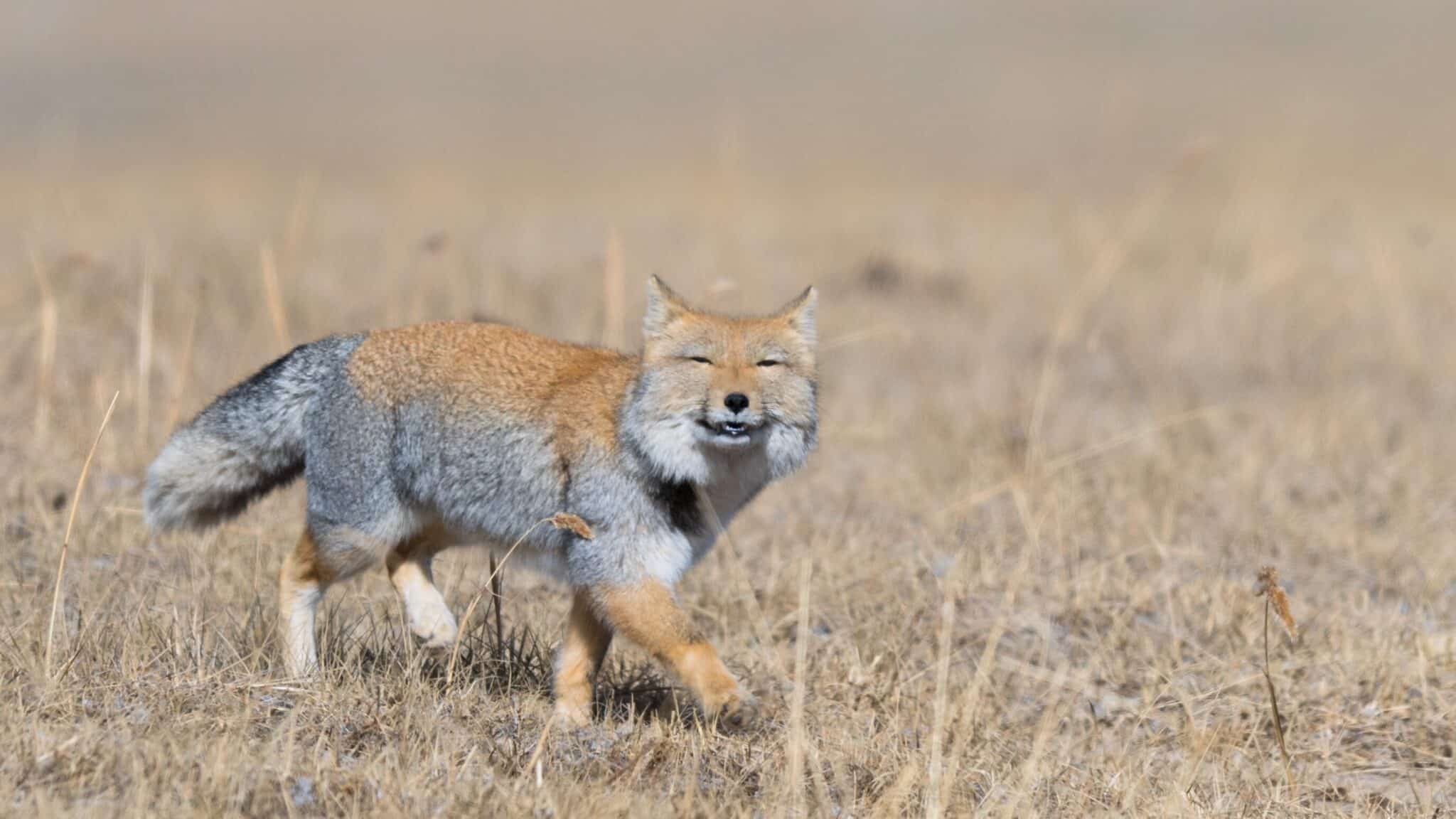 Shutterstock
Shutterstock
The Tibetan sand fox is a medium-sized species native to the high-altitude grasslands and steppes of the Tibetan Plateau. Its thick, sandy-colored coat helps it blend into the rocky terrain, providing excellent camouflage. With its distinctive square-shaped face and bushy tail, this fox is well-adapted to its cold environment. Tibetan sand foxes are primarily carnivorous, preying on small animals like pikas and rodents. They are often solitary, using their keen hunting skills to survive in the harsh, barren landscape. Despite the challenging conditions, the Tibetan sand fox thrives due to its specialized adaptations.
Raccoon Dog
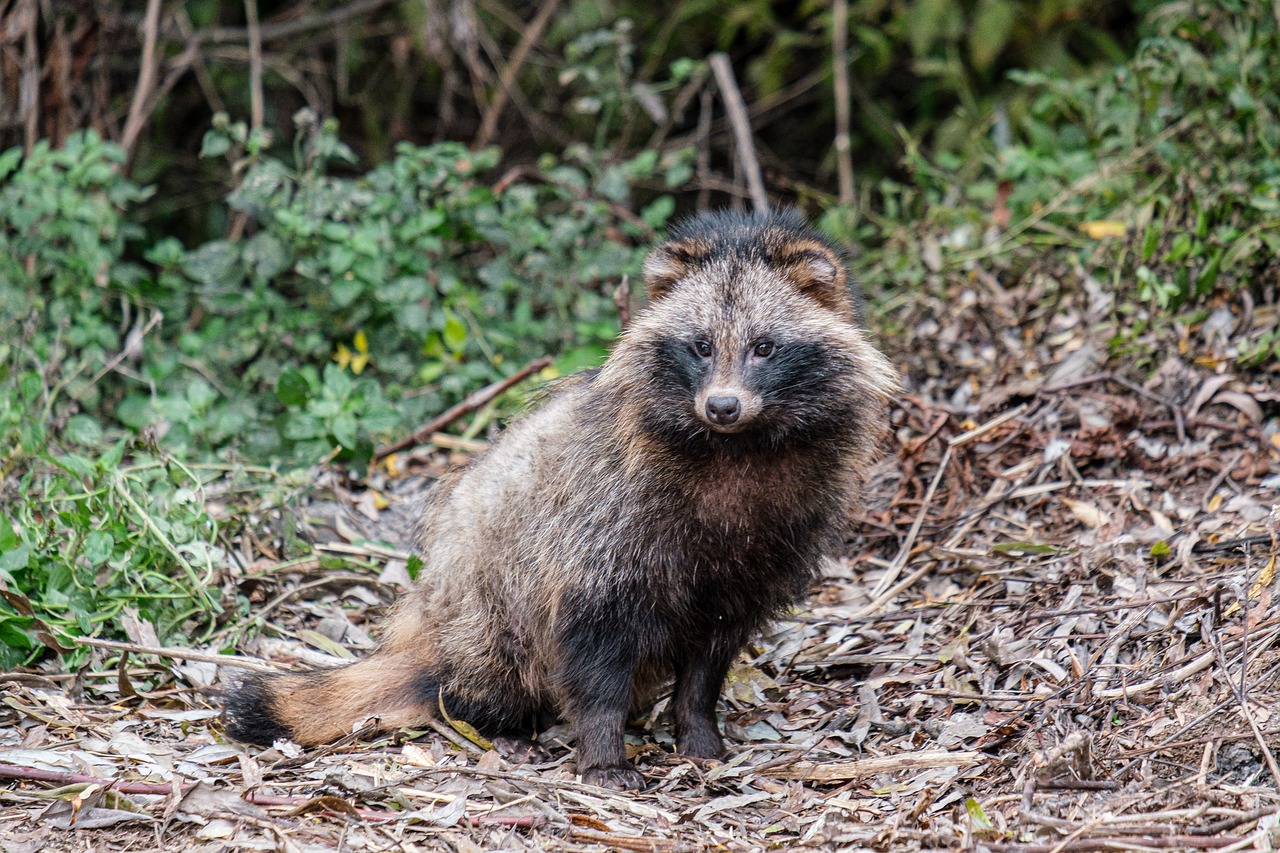 Shutterstock
Shutterstock
Native to East Asia, the raccoon dog is named for its distinctive facial markings, which resemble those of a raccoon. This small, stocky wild dog is unique in that it hibernates during the winter—a rarity among canines. Raccoon dogs are omnivorous, feeding on various foods, including fruits, small animals, and insects. They are also highly adaptable, living in various environments, from forests to urban areas. Despite their adaptability, raccoon dogs are often hunted for their fur, putting pressure on their populations.
Culpeo
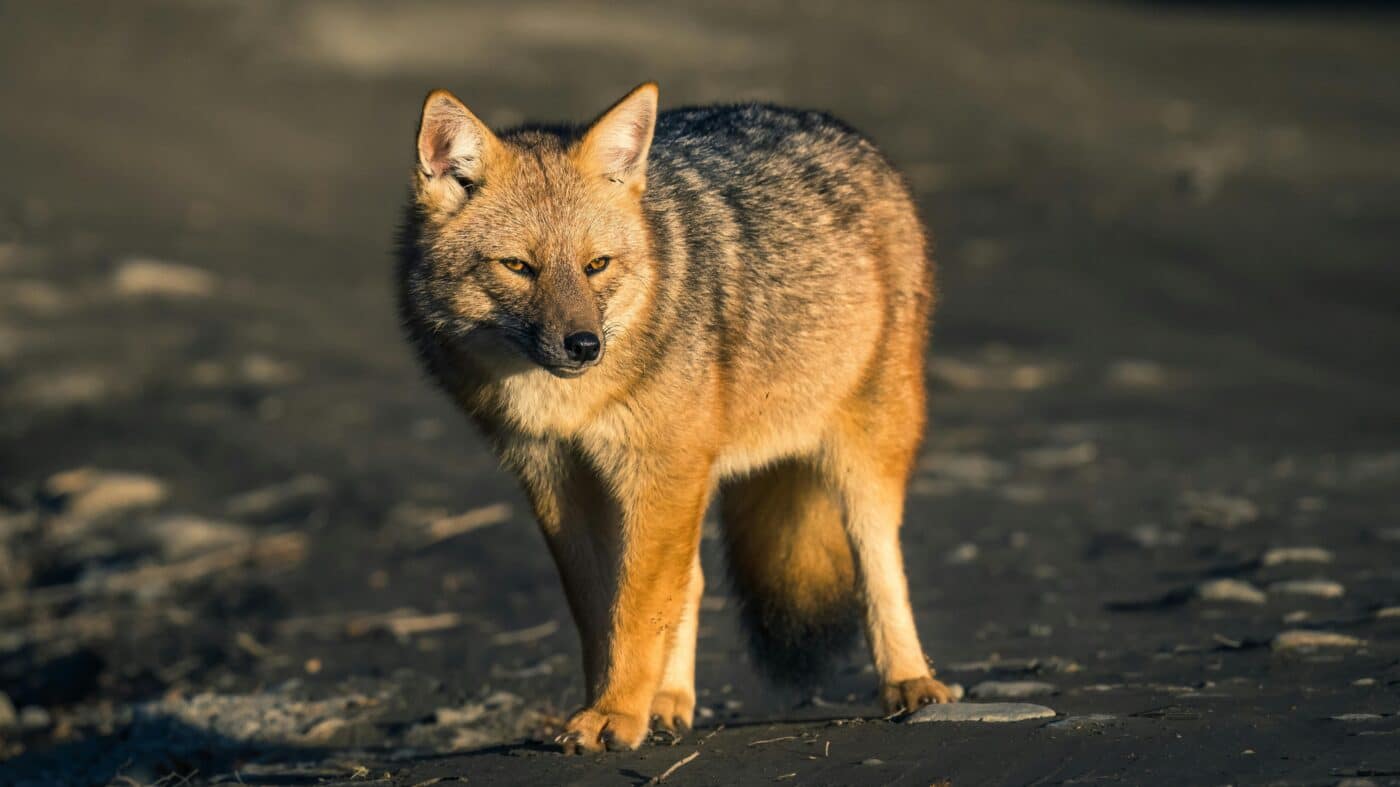 Shutterstock
Shutterstock
The culpeo, or the Andean fox, is a wild dog native to South America. With its reddish-brown fur and bushy tail, the culpeo is well-adapted to the mountainous regions of the Andes. These solitary hunters feed on small mammals, birds, and even livestock, which has led to conflict with farmers. Despite this, the culpeo plays an important role in its ecosystem by controlling rodent populations.
The Drama Of The Wild Dog Kingdom
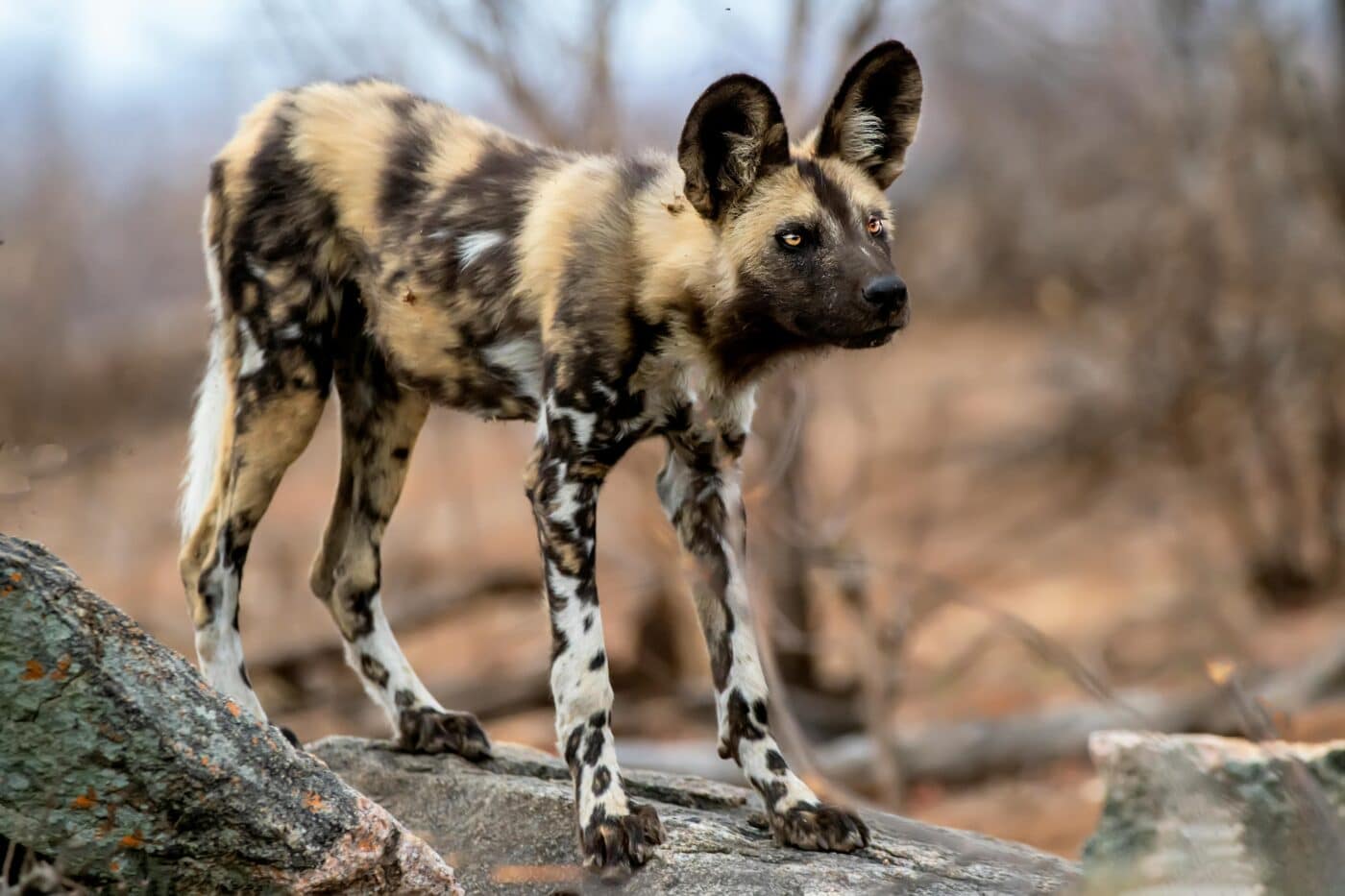 Shutterstock
Shutterstock
Wild dogs have adapted to some of the most challenging environments on Earth. These exotic canines aren’t just survivors—they’re masters of their domain, displaying unique behaviors and remarkable adaptations that make them truly special. Whether hunting in packs, living in harsh climates, or using incredible communication skills, these wild dogs remind us that the animal kingdom is full of surprises. Though they live far from the comforts of our homes, their wild spirit and resilience inspire awe and admiration at every turn!
Discover more from reviewer4you.com
Subscribe to get the latest posts to your email.





